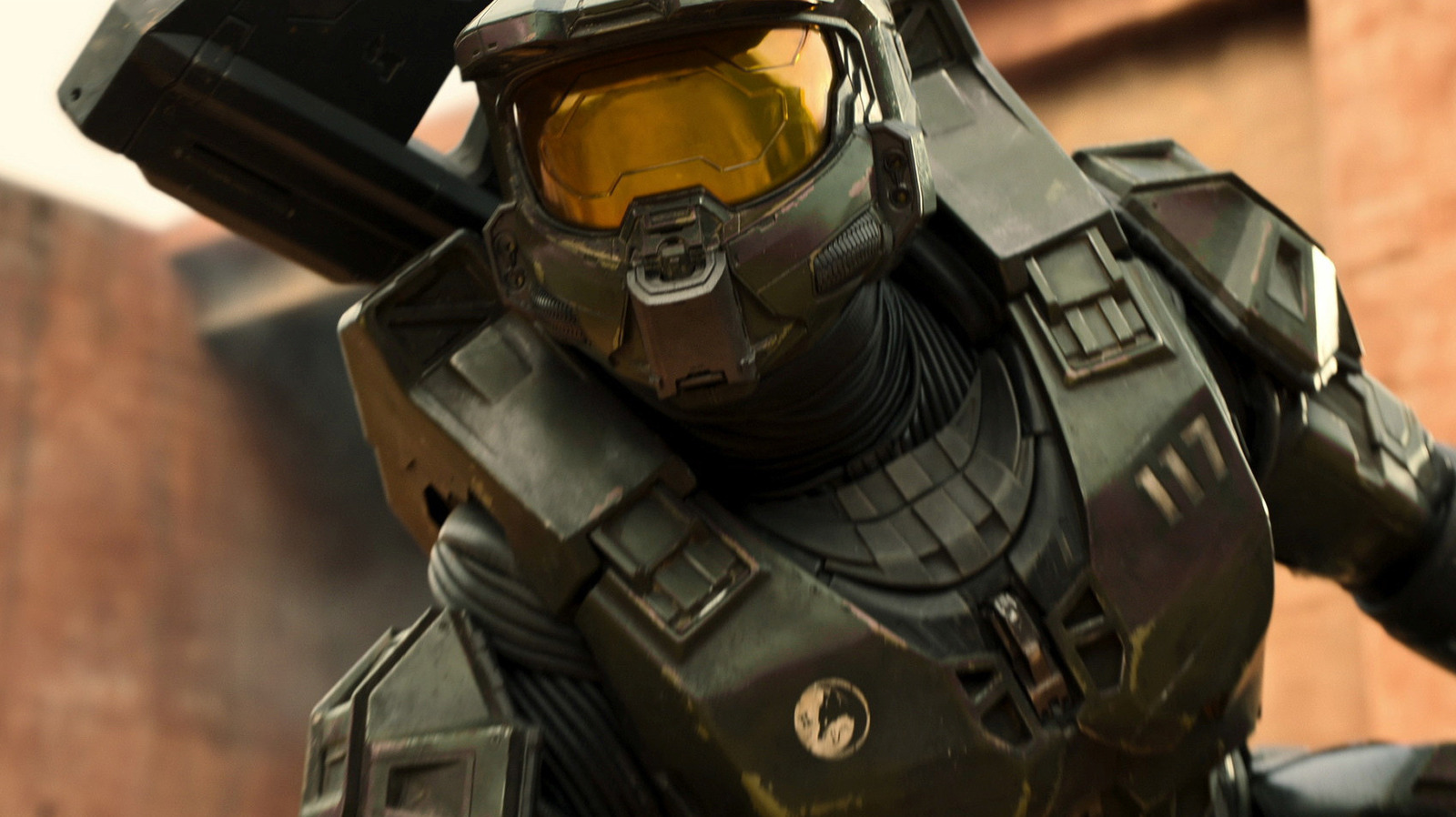
If we’re being honest, the “Halo” show may have been doomed from the start. What started decades ago in 2005 as a live-action “Halo” movie went through numerous iterations, with everyone from Alex Garland and Neill Blomkamp to Guillermo del Toro and Steven Spielberg attached at different points. At the time, it sounded like a no-brainer. “Halo” was the biggest video game franchise in the world — a phenomenon that hit the intersections of online gaming, “adult” culture, and classic nerdy fandom in just the right way that the name itself was practically a stand-in for video games as a concept.
But that was in 2005, 2006, 2007 — the peak of the series between the releases of “Halo 2” and “Halo 3.” For years after, the series remained massively popular, but the cultural zeitgeist that made it look like the next Hollywood hit faded. By the time the movie that became a show finally arrived on Paramount+ in 2022, the idea itself was running on fumes.
It didn’t help of course that the first season received lukewarm reviews — a mix of mild praise for its ambition and production value and extreme disdain from a certain subset of fans. The adaptation made major changes to the character of Master Chief (Pablo Schreiber), the overarching story, and aspects of the world. And yet, despite all of those hurdles, “Halo” season 2 arrived in 2024 with much stronger reviews from both critics and viewers. Things seemed to be looking up, with the sophomore chapter pulling in a lot more key arcs from the games like the Fall of Reach and the arrival on, well, Halo itself. Unfortunately for fans, all of that momentum wasn’t enough to keep the show going. While an official reason was never given, high budgets and Paramount’s own unique situation may have both played a role.
These days, it’s hard to piece together exact viewership figures for many streaming series. But going by the numbers we do have, “Halo” getting canceled likely wasn’t a simple matter of nobody watching. According to Nielsen figures shared by The Hollywood Reporter, “Halo” season 2 spent five weeks in the top 10 streaming series chart and collected over 1.8 billion minutes of viewing in that same time. How does that fare in the grand scheme? Again, viewership is less and less of a consistent metric these days. But given how expensive “Halo” was to make, those 1.8 billion minutes may simply not have cut it.
Reports put the budget for “Halo” season 1 anywhere from $10 million per episode (or $90 million for the full nine-episode season) to $200 million total. Whatever the correct number, it likely didn’t shrink for season 2. It’s also worth noting that when “Halo” season 1 premiered, it was positioned as a major selling point for the then-still-new Paramount+ — similar to how “The Mandalorian” was positioned to help sell Disney+ early on. While longtime fans of the games will say the show lost its audience by changing up the canon, the amount of time that passed between the pop-culture pinnacle of “Halo” and the show’s premiere makes that a less convincing reason for it underperforming. More likely, there was just too much riding on the wrong show.
Lastly, there’s the matter of Paramount itself. “Halo” season 2 ended just a couple of months before the now-completed merger of Paramount and Skydance began. In fact, the show’s cancellation was announced on July 18, 2024, less than two weeks after the merger plans went public. With a big budget, a lack of true hit status, and new leadership coming in, “Halo” may have just been in the wrong place at the wrong time.
When “Halo” was canceled in 2024, it was reported that Xbox, 343 Industries, and Amblin had hopes of moving the series elsewhere and keeping the story going. A year on, there’s been no word. Unfortunately, due to the sheer logistics of a live-action genre show of this scale — sets and props, production windows, not to mention stars moving onto other projects — the chances of “Halo” finding a new home for season 3 seem basically dead.
It’s a shame, especially because the series was really starting to find its footing in “Halo” season 2, taking advantage of its divergences from the core franchise lore while also paying more and more tribute to the things fans truly love about “Halo.” Though it got a bad rap from a certain segment of self-proclaimed superfans, it also did justice to a lot of the games’ action and iconography, bringing a different timbre to modern-day big-budget sci-fi series.
Sadly, Master Chief won’t have a chance to finish the fight this time around.



